How much does a heart stent cost?
The stent is divided into domestic and imported, simply domestic stent less than 10,000, imported stent less than 20,000.
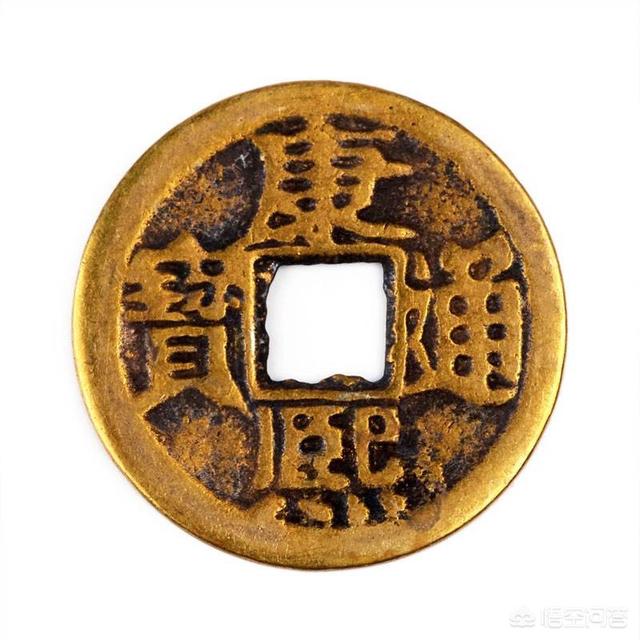
However, the stent needs to be imaged before the stent is put in, and the imaging costs money, the stent needs to be dilated before it is put in, the dilation needs a balloon to cost money, and the stent needs to be organized after it is put in, and it needs a balloon as well. These are all costs.
This all adds up, and it's a common lesion, with a balloon before and after the stent, a domestic stent would cost about $30,000, and an imported stent would cost more than $40,000, too.
However, if you encounter a complex lesion, a balloon dilatation can not work before, you have to change the balloon again, and then after the finishing is not good, you have to change the balloon again, which words cost more.
Of course if multiple lesions are closer in size and thickness than, these balloons can be utilized over and over again. So putting two stents in at the same time makes it seem cheaper on average.
That's why the internet is moving around with people saying it costs only 3k to put up a bracket for 50k.
It's not really what you think.
The vast majority of people now have health insurance, so they can still be reimbursed for some of it, which after all takes some of the burden off. Our main concern should not be the cost, but why the brace.
Dr. Wang Jr. will tell you more.
There are several types of imaging that must be done:
acute myocardial infarction
unstable angina
Exertional worsening angina pectoris poorly controlled by drugs
Coronary CT suggesting severe stenosis or inability to accurately assess the degree of stenosis of the vessel
But it's not the imaging that necessarily puts in the stent.
The imaging is just a test and we will decide whether to stent or not based on the results of the imaging.
This test has several results:
1. completely normal, congratulations, very good, to rule out coronary heart disease, what coronary heart disease medicine do not need to take.
2. mild stenosis, or just plaque, this part of the blood pressure attention, need to take aspirin and statins to prevent stenosis aggravation or plaque aggravation.
3. Stenosis greater than 75% with typical symptoms should require revascularization. Methods of revascularization include bypass and stenting.
Generally stenting is recommended for single lesions and bypassing is recommended for multiple lesions, depending on the situation.
4. Complete occlusion, mostly seen in acute myocardial infarction or old myocardial infarction.
Of course there are diabetics who can have no history of myocardial infarction. In this part of the population, it is better to open the blood vessels, acute myocardial infarction is better to open, because it is just closed and good to pass.
Old or what we call chronic occlusive lesions are generally more difficult and pose a physical and technical challenge to the surgeon, often taking hours, consuming a lot of equipment, or even requiring the use of both arms and legs, with the two channels meeting at the ends of the arms and legs to open up the pathway. Of course, it is also possible to have a bypass, but this is a case-by-case basis. This is more expensive.
It's all about the cost of the stent and simple indications.
Colored Eggs: Stents are only a life saver and pain symptom reliever. Systemic systemic problems must be prevented by taking medication. Take clopidogrel or tegretol for a year with a stent. But, but, but, you need to take medication without a stent too. Because coronary artery disease means you have to take medication, and it has nothing to do with putting in a stent without a stent.
The cost of cardiac stent surgery, at present, in the tertiary hospital, if placed 1 stent probably costs 30,000 yuan, including three aspects of the cost: 1, the cost of coronary angiography, the cost of about 4,000-5,000 yuan. 2, balloon dilatation cost, the cost of about 6,000-8,000 yuan. 3, the current domestic drug stent is about 8,000 yuan, and if the domestic ordinary stent is around 1500-1600. So the cumulative cost of the three, 1 stent if put into the body probably cost about 30,000 yuan, if you add 1 stent on top of that, the previous balloon guide can still be used, just add the cost of 1 stent again, probably about 40,000 yuan.
(I'm Luo Min, chief physician of a Grade 3A hospital, with more than 30 years of clinical experience in the first line of work of the "old" doctors, my efforts only to harvest everyone's approval, if my answer can help you, I hope you can like, attention, if you have any questions, you can comment or private message me, I will try to help everyone!)
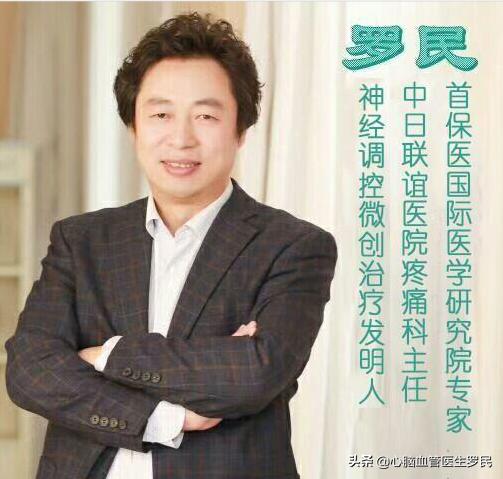
The price of cardiac stents has been a hot content and topic recently. From the national centralized band purchasing policy was launched, in the next year the price of stents will fall sharply.Some of the brackets are reportedly down to about $700 from the original $7,000.
Until 2020, the price of domestic and imported is also different, most of the domestic stent one is around 7,000~8,000 dollars, and the imported stent is mostly around 13,000~16,000 dollars.
After the national bracket banding, it basically drops to within a thousand dollars.
However, it is important to note that the stent itself is only one of the materials used in the heart stenting procedure. At the time of surgery. Other auxiliary equipment is still needed, such as stent balloons, catheter guidewires, and another cost of the procedure.
Overall, however, the cost of a cardiac stent for a common lesion is generally about $15,000 out-of-pocket for Medicare patients, with the cost increasing or decreasing depending on the difficulty of the lesion.
Cardiac stent (Stent), also known as coronary stent, is a commonly used medical device in cardiac interventional procedures, with the role of recanalization of coronary blood vessels. The main materials are stainless steel, nickel-titanium alloy or cobalt-chromium alloy. It first appeared in the 1980s, and has experienced the development of metal stents, drug-coated stents, and bioabsorbable stents.
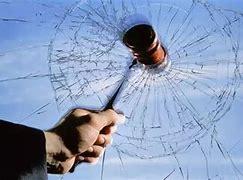
In the early days, because of the limitations of the production process and the materials used in the production, there were only a few companies in the world that produced them, which made them expensive, and only a few people were able to enjoy this treatment. With the strength of the country, China is now able to produce more and more manufacturers of cardiac stents. With the breaking down of technological barriers, the improvement of material extraction capacity and the production of assembly lines, the current production cost is already very low, and this time, the country will reduce the price of stents over 10,000 yuan to 700 yuan, which can be said to have already compressed the profits of the manufacturers to the minimum.
The National Center for Cardiovascular Disease (NCVD) organized and compiled the China Cardiovascular Disease Report 2018, pointing out that the number of people suffering from cardiovascular disease in China is 290 million, and the mortality rate caused by cardiovascular disease is 45.50% in rural areas and 43.16% in urban areas, and it has already become the first cause of death for both urban and rural residents.
Hundreds of millions of cardiac patients have benefited from interventional stenting over the past 30 years, but many are still in limbo because of the high cost of consumables. It is believed that more patients will benefit from this price reduction.
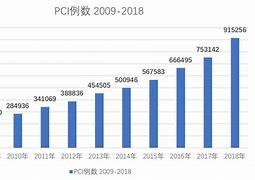
Here's the 2009-2018 procedure volume chart, so let's wait and see how much of a benefit the price cuts will actually bring to our cardiac patients.

The stent is divided into domestic and imported, the price varies, domestic about 8,000 ~ 20,000, imported about twice as expensive.
Of course, the price also depends on the regional consumption level, usually speaking, the more developed city is more expensive. Basically, a stent in a high-level hospital in any provincial capital city will cost at least 30,000 yuan for one stent, and about 20,000 yuan for each additional stent. Based on the reality, it will most likely be more expensive, not cheaper.
In the past, the material and drug coating of domestic stents were not as good as imported ones, but by now, in terms of quality, domestic stents are not significantly worse than imported ones, so the high and low prices do not fully represent the high and low quality. At present, most of the domestic except bare metal stents, drug-eluting stents degradable stents for clinical trials are domestic.
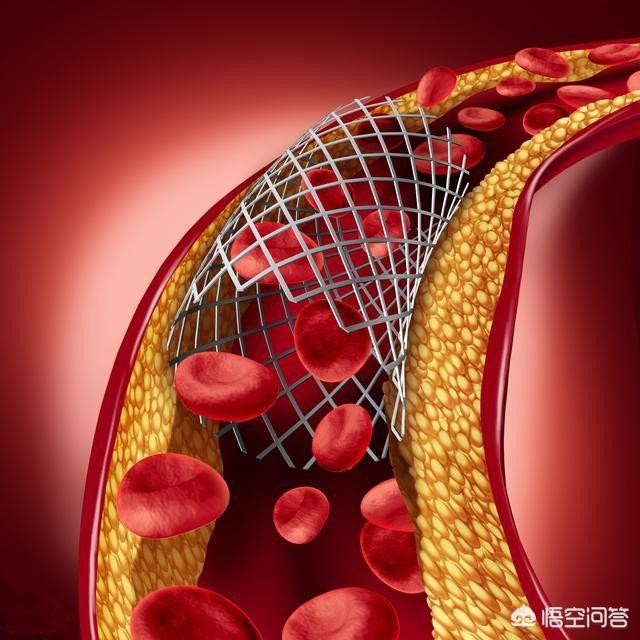
There are three conditions for cardiac stenting: a vessel diameter of ≥2.25 mm, a vessel blockage of 75% or more, and a患The person has symptoms of angina or myocardial infarction. -In fact, stents do not have a therapeutic effect, they do not eliminate plaque, they just make the patient feel better. Patients need to think twice about whether they should use a stent or not.
Now the national cardiac stent has been included in the national collection and procurement, the price reduction is very large, most of the price reduction of more than 90%, now the domestic use of cardiac stent prices are mostly concentrated in the 700 yuan or so.
The domestic ones are less than eight hundred now!
This question and answer are from the site users, does not represent the position of the site, such as infringement, please contact the administrator to delete.